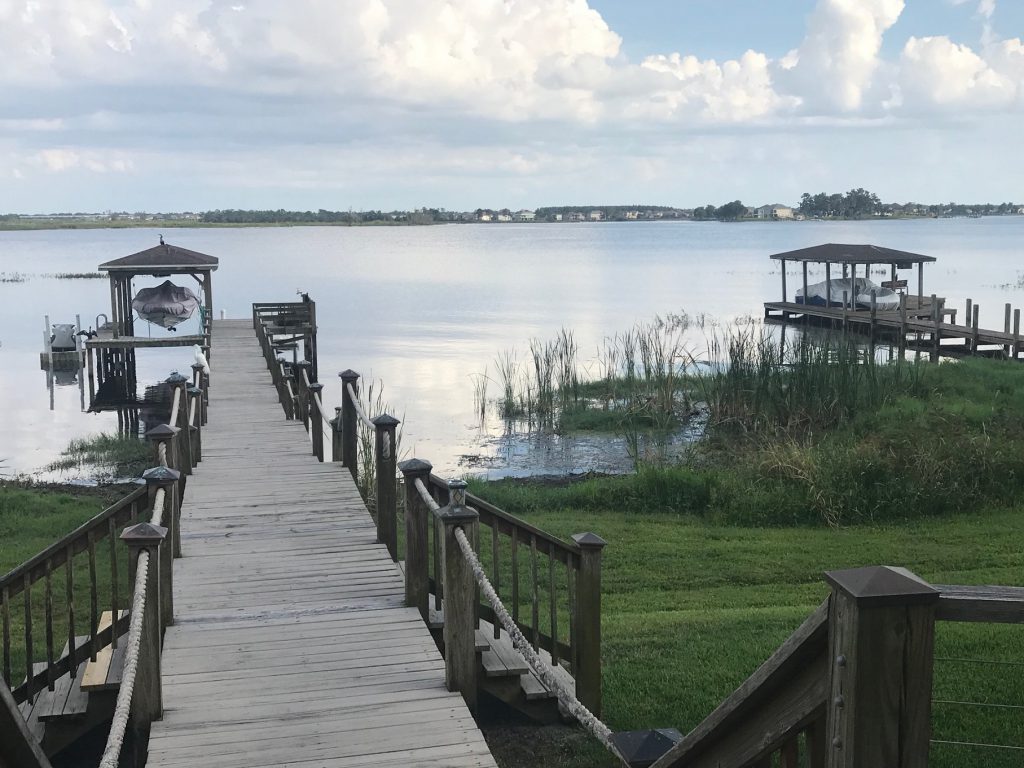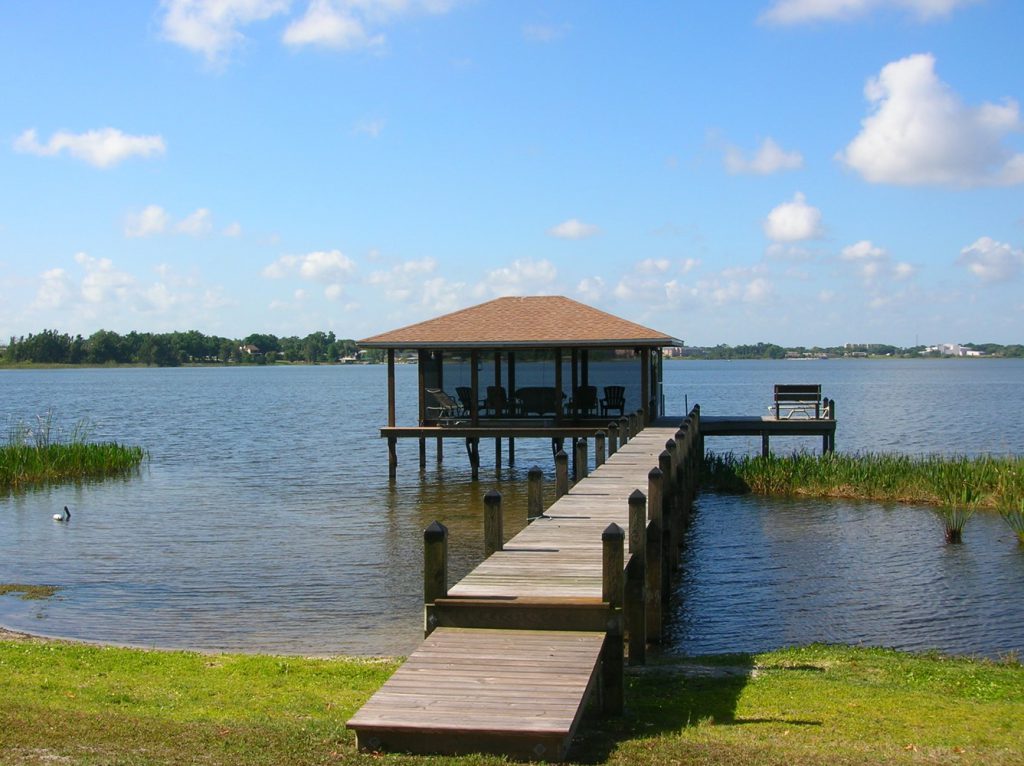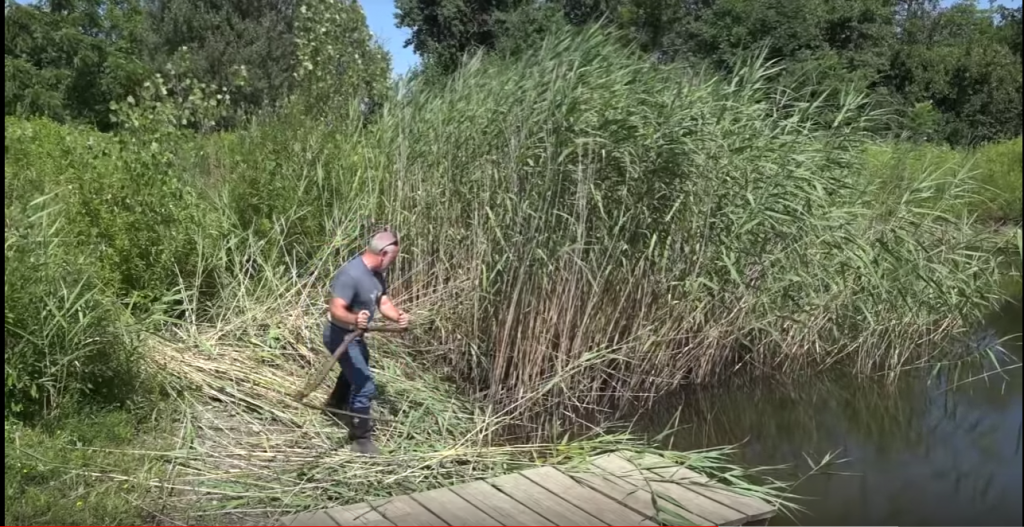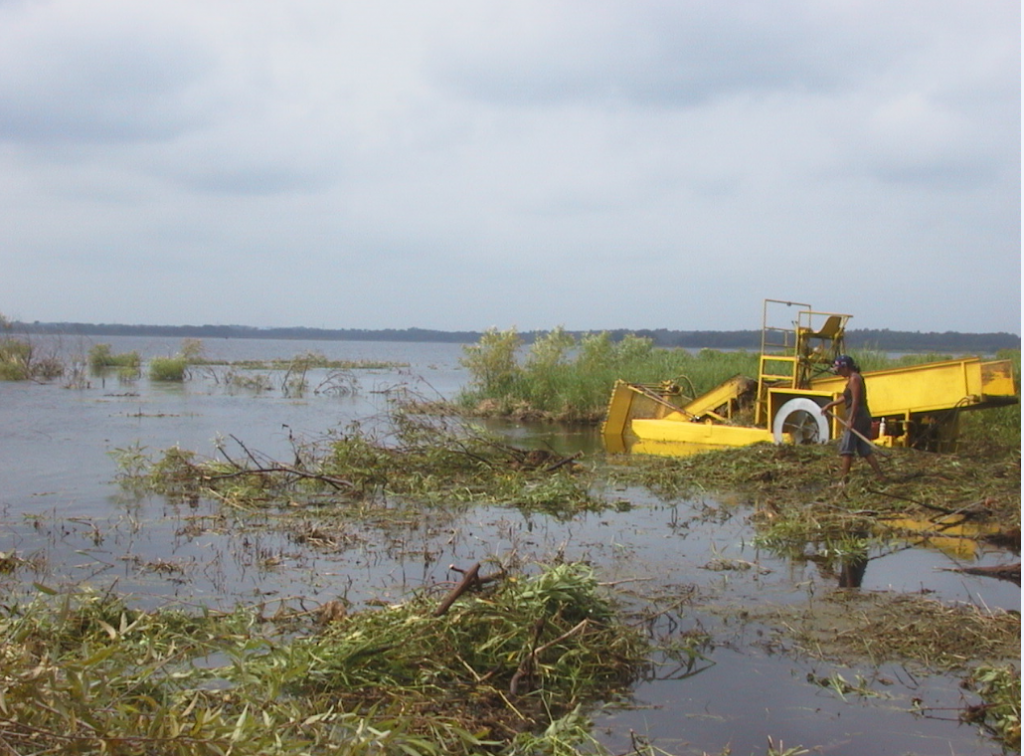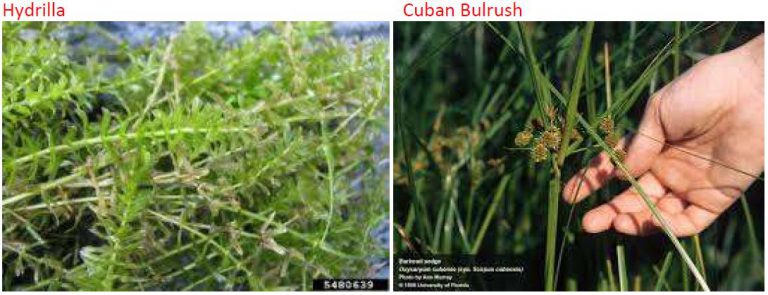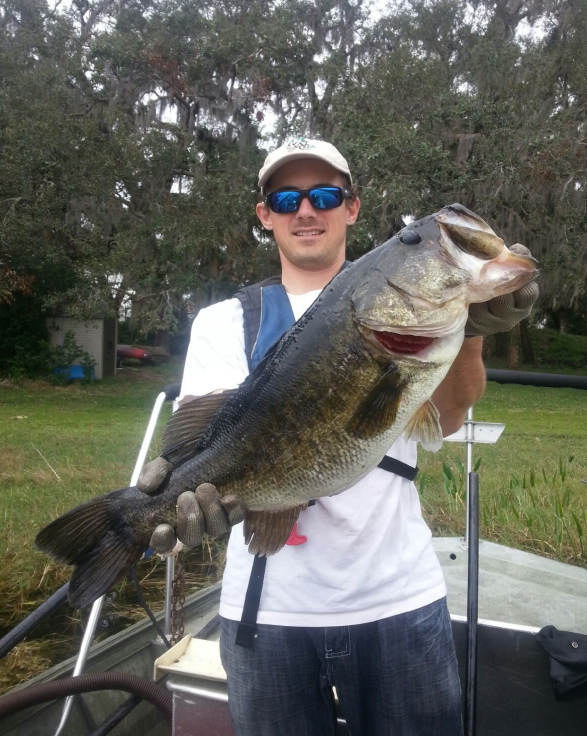October 1, 2019
The Year in Review
John Schmidt
If you are not receiving our electronic newsletter please click on the “Subscribe” button on the bottom of the page and then add your contact information. Also, please support our cause by joining JLIA.
We elected new officers for the Johns Lake Improvement Association in January. We completed scheduled board meetings, published three electronic newsletters and provided information about proper fertilizer use, shoreline maintenance, fish habitat, and recreational opportunities. We updated the contact list for the various agencies that are involved with the lake.
The group was active in getting a new Web Page and Facebook page set up. We completed an extensive search of all property owners around the lake and have been working to get as many as possible migrated to email rather than hard copy to cut costs and have quicker response. We worked to transfer some of historical documents from the past. We changed the format of the newsletter and sent it out to as many people as we have contact information for.
Many of the board members attended the Florida Fish and Wildlife Conservation Commission (“FWC”) hearings and provided input and feedback for the control of excessive vegetation, including hydrilla, and/or exotics on freshwater lakes in Florida. The meetings were conducted during a “pause” in the use of herbicides throughout the state. The result is a mix of controls rather than stopping herbicide use or relying on it entirely. Over 1,000 grass carp were planted in the spring as a result.
We monitored the algae blooms through the year and worked with Orange Country (OC) and FWC to provide feedback and input. Water samples were taken during the most severe incidents. We are copied on the Orange County lake level surveys and record the data in between reports. We provided information about the FWC fish study that was conducted.
We worked with the Town of Oakland, OC Public Works and the OC Commissioners to get a study approved to understand the storm water runoff and the capacity of the outfall from Johns Lake to Lake Apopka. We participated in the kickoff meetings with Orange County Commissioner Betsy VanderLey to secure the funding and support. We attended the project meetings and are actively working with the study team to find a resolution for the proper drainage of the entire basin. We also worked with the Town of Oakland on the outfall maintenance plan identified in the Joint Planning Agreement with OC.


